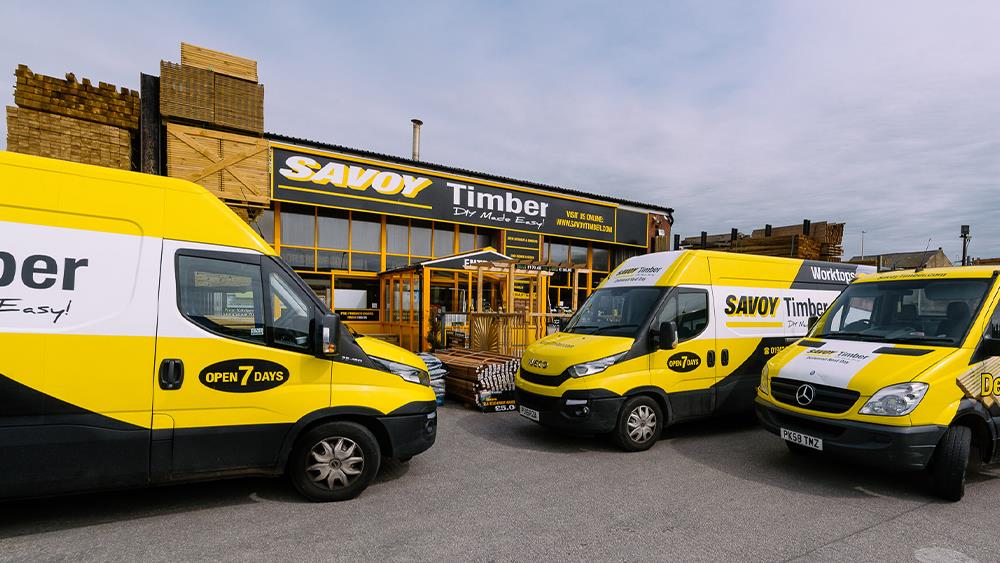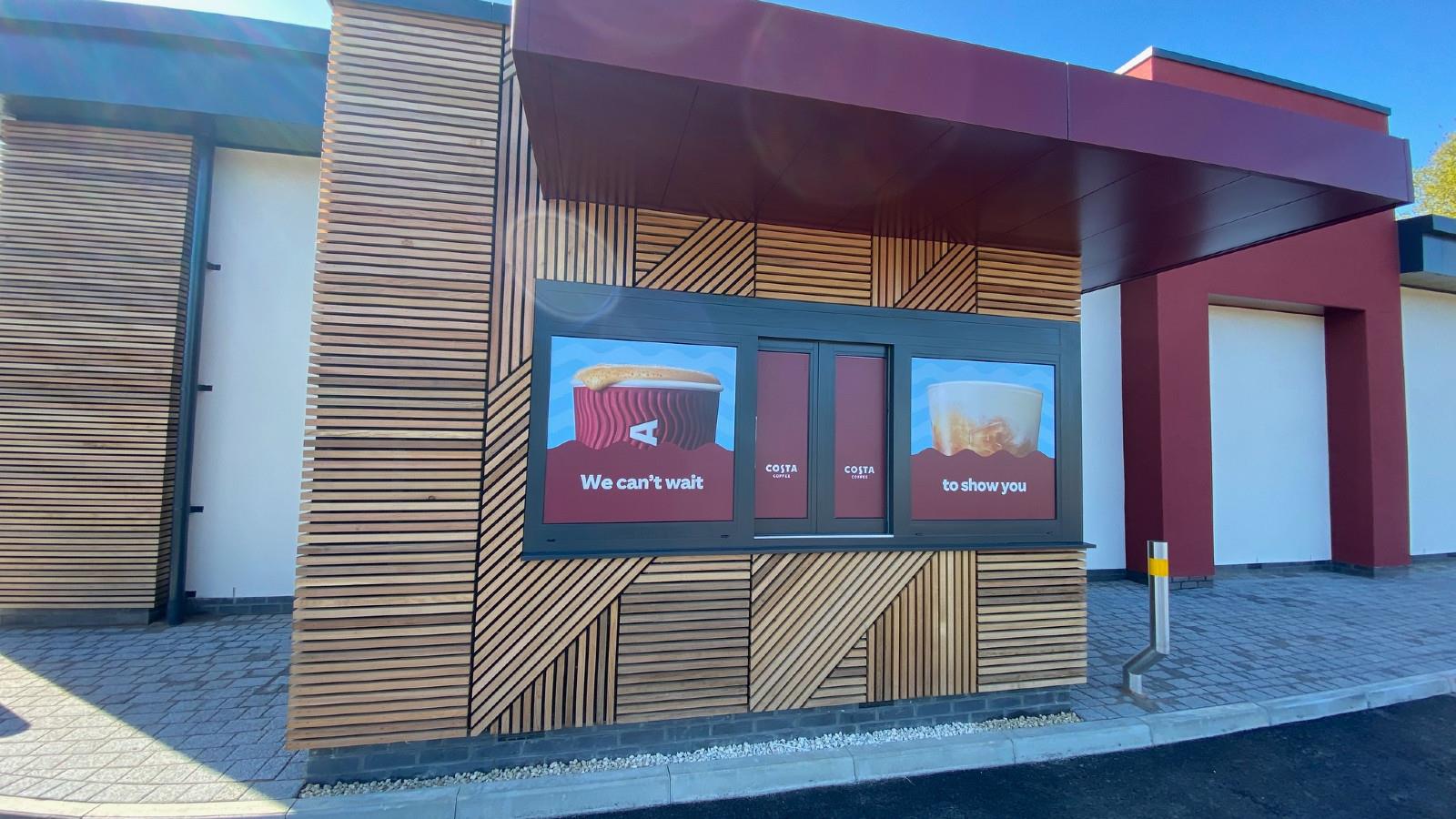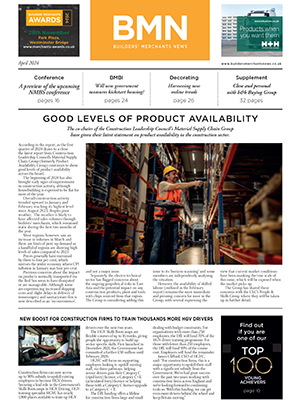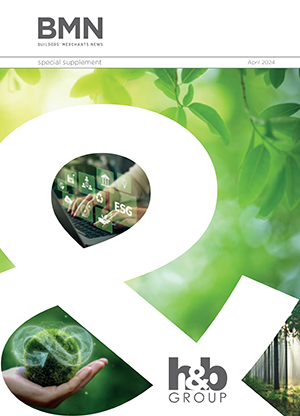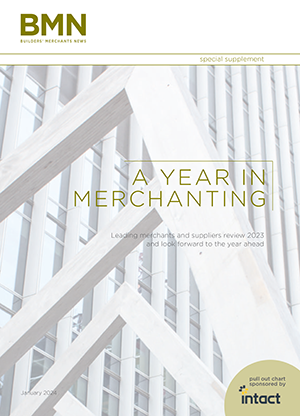With the building sector firmly into growth, the outlook is bright, but success in flooring relies on staying in tune with changing markets.
Timber flooring is increasing market share in the commercial sector, as the natural look of wood appeals to employees and an attractive office design is a competitive advantage when companies are trying to recruit and retain talent.
Engineered timber flooring in particular is proving more and more popular, as the wider widths and the two metre plus lengths give designers more choice, particularly with the new textures and surface definitions emerging.
There is also a clear trend for mixed floor surfaces, where timber will be used in one area, tiles in another and perhaps carpet in a third, creating zones and areas for different activities.
Laminates are also making headway in the commercial market through the latest 12mm boards with tested commercial wear layers.
When it comes to residential, one positive trend is the number of end-users replacing ‘first generation’ laminate flooring with higher quality laminate, or investing in engineered or solid flooring. This ability to persuade repeat customers to “upcycle” is critical in establishing timber flooring’s future market share.
Last but not least, installation best practice remains vital, and this is where suppliers with long-established expertise and the ability to provide good technical support make a real difference.
Paul Lerigo is marketing director at Richard Burbidge.



